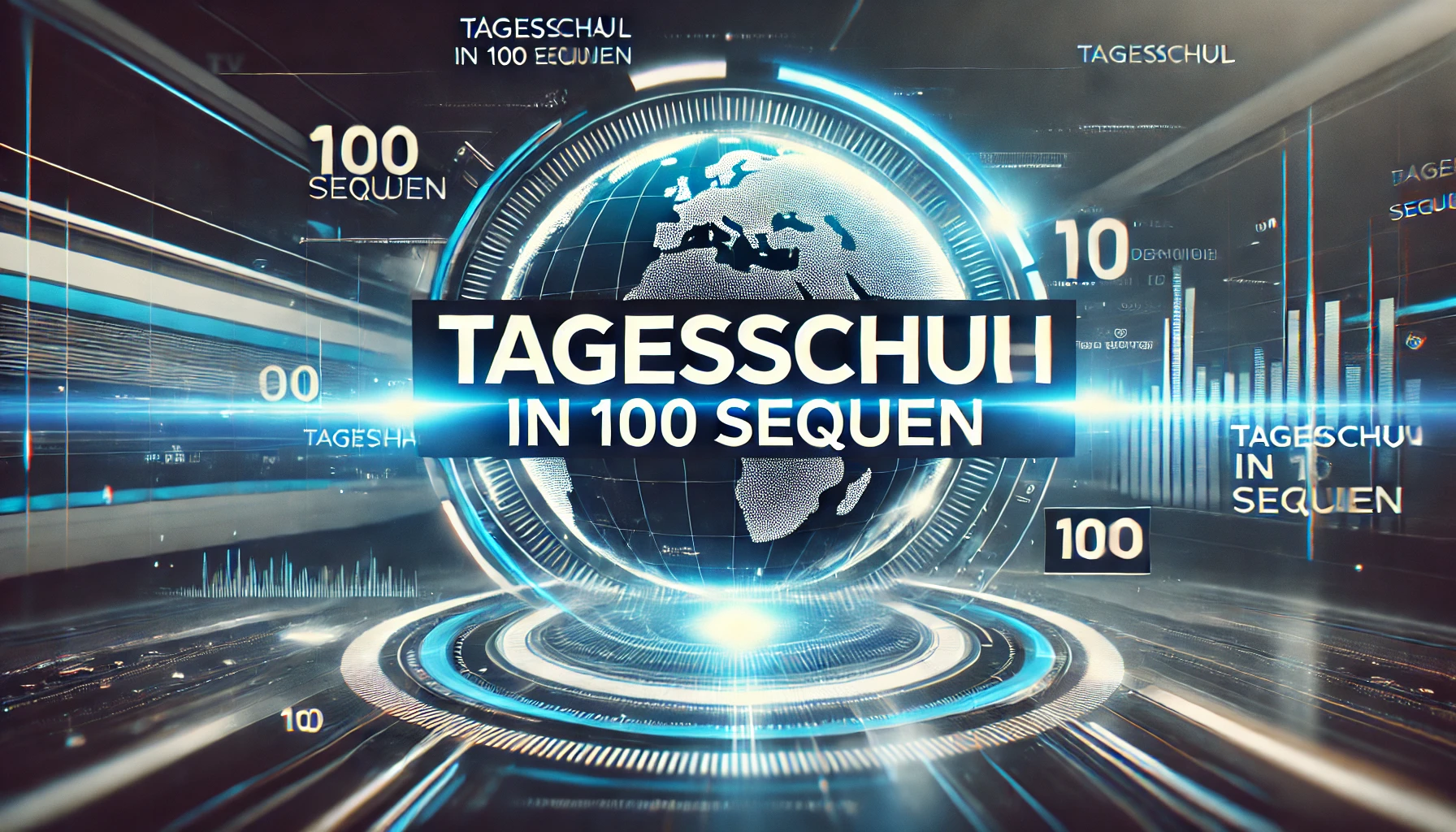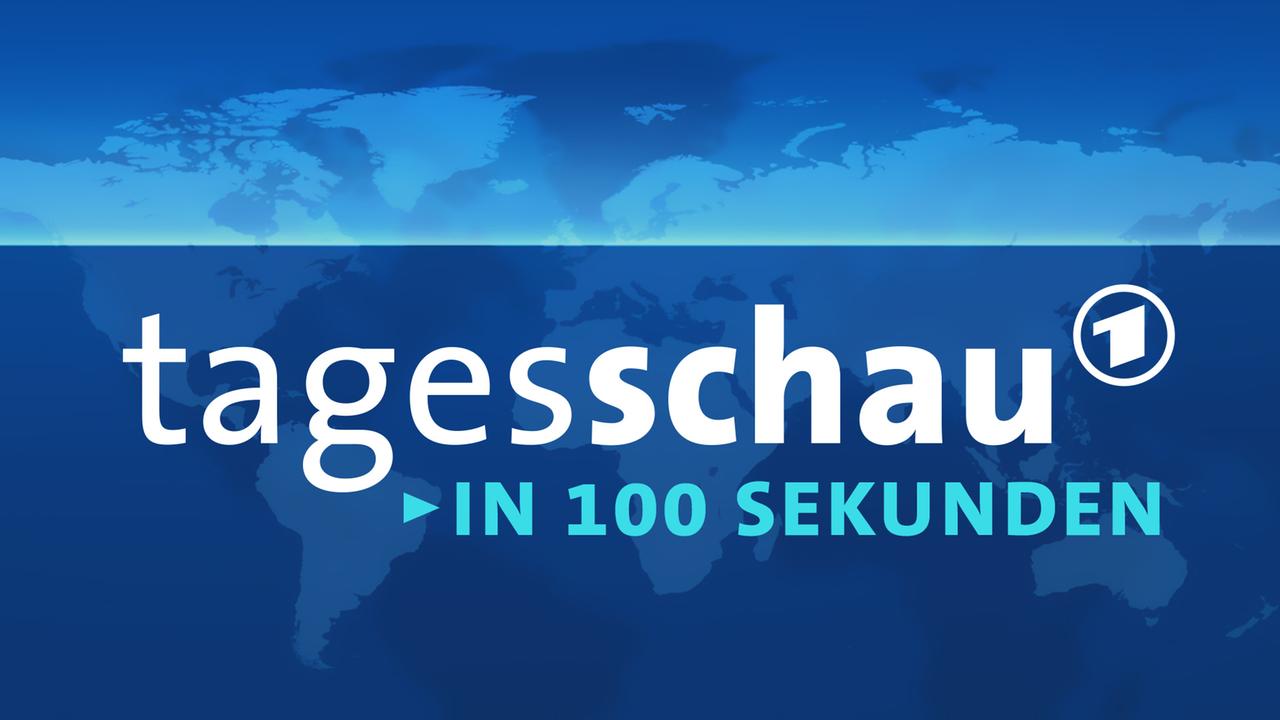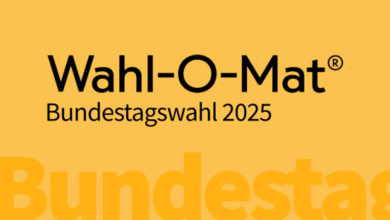Tagesschau in 100 Sekunden Germany Fastest Window to the World

Introduction: What Is “Tagesschau in 100 Sekunden”?
If you’ve ever wanted to stay updated with the world in just a couple of minutes, Tagesschau in 100 Sekunden is probably the perfect solution. This short news format from ARD condenses global events into a crisp 100-second bulletin quick, clear, and highly informative. In a time when everyone’s rushing between school, work, and social media, this mini-news show offers exactly what modern audiences crave: instant, credible information without the fluff.
The format first started as an extension of the main Tagesschau, Germany’s most trusted news broadcast. While the original Tagesschau delivers in-depth reporting and analysis, the 100-second version strips it down to essentials headlines, major stories, and global highlights. This combination of brevity and accuracy is what has made it one of the most-watched short news formats in Germany.
But beyond being a short version of the news, Tagesschau in 100 Sekunden represents something bigger. It reflects how journalism has adapted to the fast-paced digital era, where attention spans are shorter and immediacy matters more than ever. Let’s take a deeper look at how it works, why it’s so popular, and how it continues to evolve.
The Concept: News for the Modern Generation

The idea behind Tagesschau in 100 Sekunden is beautifully simple to tell people what’s happening in the world in less than two minutes. It’s a summary of the most important news of the day, delivered in a factual yet engaging way. The editors choose only the top stories — often politics, economy, science, environment, and international affairs and present them in a clear, visually appealing format.
What sets it apart is its efficiency. Every second counts. The script, visuals, and narration are carefully timed so that viewers receive maximum information in minimal time. It’s a refreshing break from the endless scrolling through headlines or sitting through 30-minute broadcasts. Whether you’re getting ready for school or waiting for your morning coffee, Tagesschau in 100 Sekunden gives you a snapshot of the world right when you need it.
The production team behind it deserves credit for maintaining quality despite the brevity. The challenge is not just what to include, but what to leave out. That balance between completeness and speed — is what makes the format so effective.
The History Behind Tagesschau’s Short Format
The Tagesschau itself has been a German institution since 1952. As the flagship news program of ARD, it’s synonymous with reliable journalism and professionalism. But as the world changed — especially with the rise of smartphones and social media there was a growing demand for faster, snackable news formats.
Tagesschau in 100 Sekunden emerged as ARD’s response to this digital transformation. The network realized that younger audiences weren’t watching long TV newscasts anymore. Instead, they were consuming news on YouTube, TikTok, and Instagram platforms that thrive on brevity. By launching Tagesschau in 100 Sekunden, ARD bridged the gap between traditional journalism and modern media habits.
Over time, it became not just a digital experiment, but a daily essential for millions of Germans. It’s broadcasted on TV, available on the Tagesschau website, and even uploaded across social media platforms. This multi-platform presence ensures that viewers can catch the news anytime, anywhere from morning routines to late-night scrolls.
Why “100 Seconds” Works So Well
At first glance, 100 seconds might sound too short to summarize global events. But that’s exactly why it works. The limitation forces clarity. Every headline must be meaningful, and every sentence must carry weight. There’s no space for unnecessary adjectives, opinions, or speculation — only verified facts, clearly presented.
This concise style mirrors the way people process information today. Most viewers prefer short, digestible content rather than long analyses, especially on digital platforms. The format respects that — it doesn’t waste time but still keeps viewers informed.
Another reason for its success is the tone. The narration is calm, neutral, and confident something Tagesschau is famous for. Even though it’s short, it maintains the professional credibility that viewers associate with the main Tagesschau. It’s not flashy, not sensational just pure news in its most efficient form.
Visual Style and Presentation
Part of what makes Tagesschau in 100 Sekunden stand out is its visual design. The producers use simple, sleek graphics, short video clips, and clean transitions. The blue and white color palette gives it a modern yet professional look, matching the main Tagesschau branding.
Each segment typically starts with the Tagesschau intro, followed by short clips, maps, and text overlays that summarize key points. This combination of visuals and narration helps viewers absorb information faster. Even without sound, you can usually understand the main story from the visuals alone that’s how well it’s crafted.
The pace is steady but not rushed. The narrator’s voice provides a sense of calm authority, guiding you through the global news landscape in under two minutes. The balance between audio, text, and imagery makes it suitable for both TV and mobile viewing.
The Role of Social Media and Online Platforms
Social media has become the main home for Tagesschau in 100 Sekunden. Platforms like YouTube, Instagram, and TikTok allow the format to reach younger viewers who don’t watch traditional television. The clips are optimized for vertical screens, subtitles are added for accessibility, and the headlines are formatted for quick readability.
This adaptation has paid off. Millions of people now watch Tagesschau in 100 Sekunden online, and many follow Tagesschau’s social accounts for daily updates. The short, trustworthy format competes successfully against algorithm-driven news and clickbait headlines that often dominate social feeds.
It’s also an example of how traditional journalism can thrive in the digital age without sacrificing credibility. By staying true to its values of accuracy and neutrality while embracing new platforms, Tagesschau has maintained its relevance in a crowded media landscape.
The Importance of Trust and Credibility
In today’s world of misinformation and fake news, credibility is everything. Tagesschau in 100 Sekunden benefits enormously from the reputation of Tagesschau itself. The ARD newsroom has decades of experience and adheres to strict journalistic standards something that many online news sources lack.
This means viewers know they can trust what they hear, even in such a short format. Every clip is fact-checked, every word chosen carefully. The goal isn’t to be first, but to be right and that’s a big reason for its continued success.
By delivering accurate information quickly, Tagesschau in 100 Sekunden helps combat misinformation online. It offers a trustworthy alternative to viral rumors and half-true social media posts. In a world overloaded with content, that kind of reliability is priceless.
Why Viewers Love It
Viewers love Tagesschau in 100 Sekunden because it fits perfectly into their daily rhythm. Whether you’re a student, a commuter, or a busy professional, everyone can spare 100 seconds. It’s short enough to fit into your coffee break but rich enough to make you feel informed about the world.
Another factor is accessibility. It’s free, available on almost every platform, and easy to share. The neutral tone appeals to a wide audience it’s not political, not opinionated, just informative. That universality is rare in modern media.
Finally, it’s reliable. In an era where news often feels overwhelming or biased, Tagesschau in 100 Sekunden provides a breath of fresh air calm, factual, and straight to the point.
The Future of Tagesschau in 100 Sekunden
Looking ahead, Tagesschau in 100 Sekunden is likely to evolve even more. As technology advances, we might see more interactive or AI-assisted versions, where viewers can customize topics or languages. There’s also potential for regional versions or collaborations with international broadcasters.
Still, the essence will remain the same fast, factual, and focused news. That’s the beauty of the concept: it’s timeless. Whether you’re watching on a TV screen, a smartwatch, or through virtual reality glasses someday, the need for quick, trustworthy information will never go away.
By staying adaptable while preserving its journalistic integrity, Tagesschau in 100 Sekunden will continue to define how modern audiences consume news in Germany and beyond.
Conclusion: 100 Seconds That Matter
Tagesschau in 100 Sekunden proves that good journalism doesn’t have to be long to be meaningful. In just over a minute and a half, it delivers clarity in a chaotic world something that’s both rare and essential today.
It’s not just a quick news summary; it’s a symbol of how media can evolve without losing its core values. By combining speed, credibility, and accessibility, Tagesschau in 100 Sekunden has become more than a news format it’s a habit, a daily ritual, and a trusted voice for millions.
So next time you’re scrolling through your feed and have a couple of minutes to spare, hit play on Tagesschau in 100 Sekunden. In those 100 seconds, you’ll learn more about the world than hours of mindless scrolling could ever teach you.

